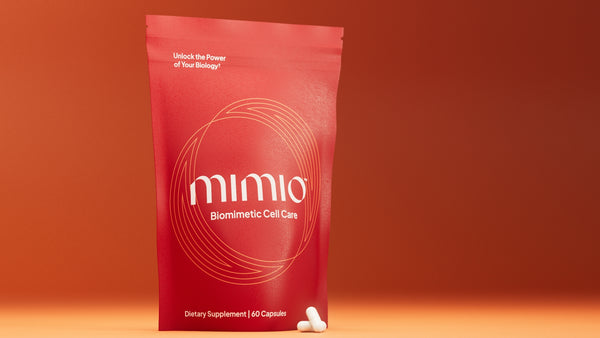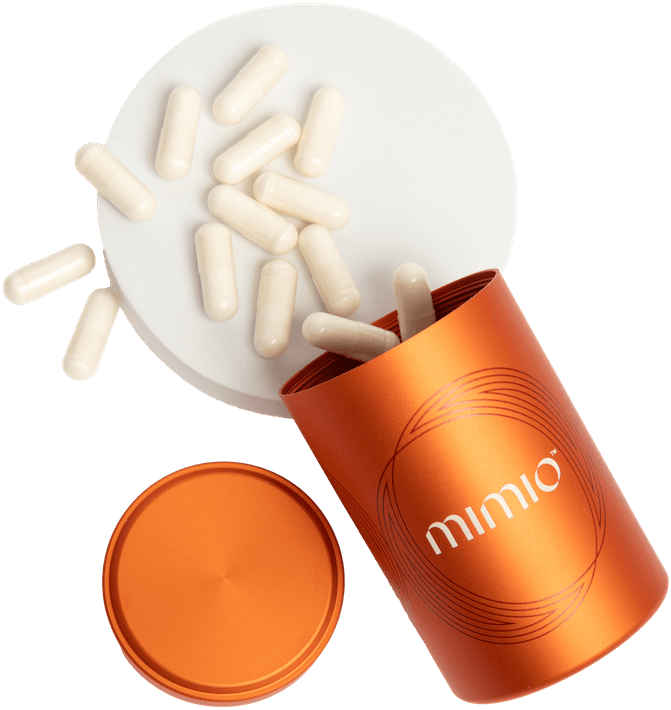Why the Blue Zones Diet Promotes Longevity
Have you ever wondered why some people live longer and healthier lives? Most of the time, it’s not just luck or genetics; it often comes down to what’s on their plates. In certain parts of the world, known as Blue Zones, people live significantly longer, healthier lives—often reaching 100 years or more. So, what’s their secret? It’s not just about avoiding midnight snacks or skipping dessert (though that helps!). Their diet plays a huge role in their impressive health and longevity. Let’s dive into the Blue Zones diet and how you can start eating your way to a longer, healthier life.
What Are the Blue Zones?
Blue Zones are regions around the world where people live longer and healthier lives compared to the global average as a result of their diets. These regions include:
- Okinawa, Japan: Home to the world’s longest-living women
- Sardinia, Italy: Known for its high concentration of male centenarians
- Ikaria, Greece: An island where people forget to die—seriously, dementia rates are nearly non-existent
- Nicoya Peninsula, Costa Rica: Residents have a high chance of reaching age 90
- Loma Linda, California: A community of Seventh-day Adventists living 10 years longer than the average American
What’s common among these areas? They share specific dietary habits that fuel their impressive longevity.
The Core of the Blue Zones Diet
The Blue Zones diet isn’t about restrictive meal plans or crazy detoxes. It’s about embracing a simple, plant-forward way of eating that’s both delicious and sustainable. Here’s a breakdown of the main principles:
- Plant-Based Focus: The cornerstone of the Blue Zones diet is plants (primarily beans, vegetables, whole grains, and nuts). Animal products are used sparingly—more as a side dish than the main event
- Beans, Beans, Beans: From black beans in Costa Rica to chickpeas in Sardinia, beans are a daily staple. Rich in fiber, protein, and essential nutrients, they’re a powerhouse for heart health and longevity
- Less Meat, More Fish: While meat isn’t off the table, it’s more of an occasional treat—typically reserved for special occasions. Fish, however, is a more common source of protein, especially small, oily fish packed with omega-3s
- Healthy Fats: Olive oil, nuts, and seeds provide essential fats that help reduce inflammation and support overall health
- Minimal Processed Foods and Sugar: Blue Zones residents enjoy foods in their most natural forms, minimizing processed foods, refined sugars, and artificial ingredients
- Wine at 5: Except for Loma Linda, most Blue Zones residents enjoy moderate amounts of alcohol, particularly red wine, which is rich in antioxidants and can support heart health when consumed in moderation
Key Foods to Add to Your Longevity Diet
Ready to eat like you’re living in a Blue Zone? Here’s your grocery list for longevity:
- Legumes: Stock up on beans, lentils, chickpeas, and peas. Aim for at least half a cup per day to reap their full benefits
- Fruits and Vegetables: The more colorful,= the better. Try to eat a variety of seasonal fruits and veggies daily—think leafy greens, bright berries, and cruciferous vegetables
- Whole Grains: Embrace oats, quinoa, barley, and brown rice. They’re fiber-rich and great for maintaining a healthy gut
- Nuts and Seeds: Just a handful of walnuts, almonds, or chia seeds can support heart health and keep you feeling full
- Herbs and Spices: Fresh herbs like rosemary, oregano, and turmeric aren’t just for flavor; they’re packed with antioxidants and anti-inflammatory properties
Incorporating Blue Zones Principles into Your Routine
Transitioning to a Blue Zones-inspired diet doesn’t mean overhauling your life overnight. Here are some practical tips to get started:
- Go Meatless a Few Days a Week: Try “Meatless Mondays” or designate certain meals to be entirely plant-based
- Snack Smart: Swap processed snacks for a handful of nuts or fresh fruit
- Cook at Home: Preparing your meals gives you control over the ingredients, allowing you to stick closer to Blue Zones principles
- Portion Control: Residents of Okinawa follow the 80% rule—eat until you’re 80% full, then stop. This helps prevent overeating and keeps your body feeling great
- Make Meals a Social Event: One thing all Blue Zones have in common is a strong sense of community. Share meals with family or friends to enjoy not just the food but also the company - there’s power in numbers and the collective!
The Blue Zones Diet Meets Modern Science
Eating like you’re in a Blue Zone isn’t just about tradition; it’s backed by modern science. Studies have shown that plant-based diets rich in whole foods can significantly reduce the risk of chronic diseases like heart disease, diabetes, and even cancer. Plus, the Blue Zones diet is naturally anti-inflammatory, which helps to reduce the wear and tear on your cells that can lead to aging.
Looking to supercharge your longevity efforts? Consider adding biomimetic supplements like Mimio’s Biomimetic Cell Care to your routine. Mimio’s cutting-edge formula is designed to mimic the effects of fasting, supporting cellular health, enhancing metabolism, and promoting overall longevity—just like the natural benefits found in Blue Zones diets.
Final Thoughts: Your Blueprint for a Longer, Healthier Life
The Blue Zones diet isn’t a fad; it’s a lifestyle that’s stood the test of time (and science). By adopting these simple dietary habits, you can take meaningful steps toward a longer, healthier life. Whether you’re swapping out your steak for lentil soup or adding more greens to your plate, every little change helps. So go ahead, eat like you live in a Blue Zone—your future self will thank you.



